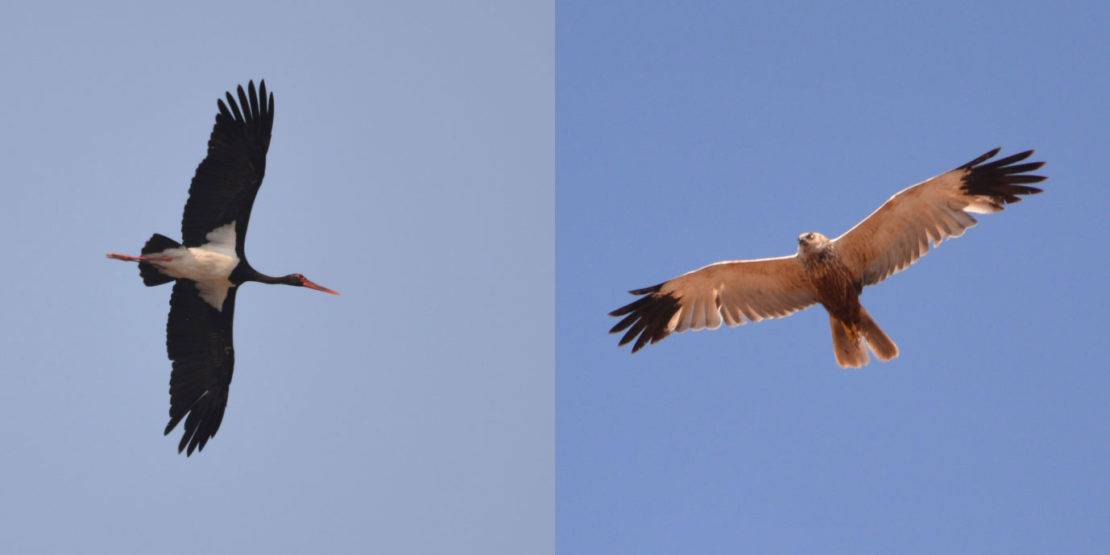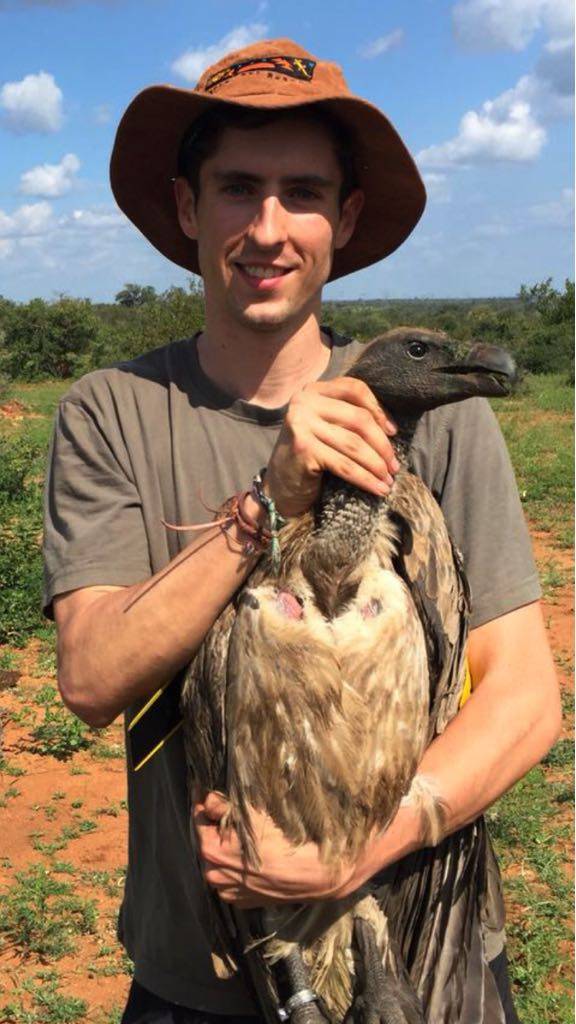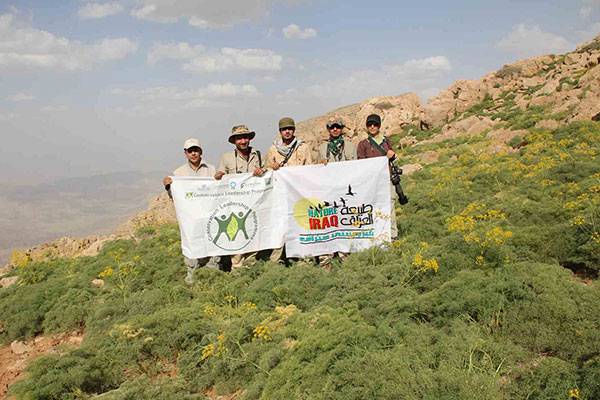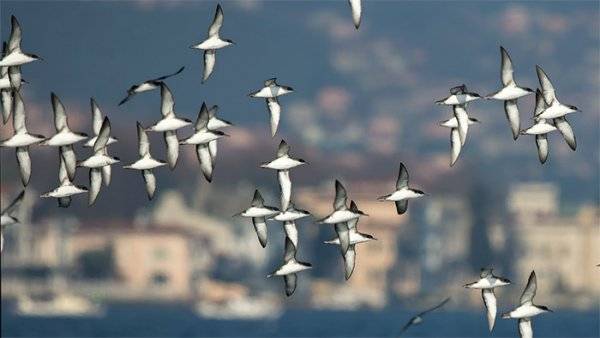The East African-Eurasian flyway represents one of the most important routes for migratory soaring birds in the world. Each spring and autumn, 37 species of migratory soaring birds (MSBs) routinely navigate this flyway, with over a million birds passing through the larger bottlenecks (BirdLife International 2021). These include the entire global population of Lesser Spotted Eagle Clanga pomarina, the West Palearctic populations of Levant Sparrowhawk Accipiter brevipes and Great White Pelican Pelecanus onocrotalus, and globally important populations of White Stork Ciconia ciconia, Egyptian Vulture Neophron percnopterus and European Honey-buzzard Pernis apivorus, among other species.
The spectacle of bird migration in the Middle East has resonated with local people since biblical times and still continues to inspire awe, including broad international interest. SPNI estimate that 1.5 million domestic and foreign birding tourists flock to Israel each year to witness the spectacle.

Unfortunately, our knowledge of the demographics and populations of the migratory soaring birds using this flyway is still limited. Due to challenging terrain, low breeding density and cryptic nesting habits of many of the species, they often cannot be effectively censused on their breeding grounds. However, as they habitually congregate in globally-important concentrations during migration, migration counts present a unique opportunity to monitor the status of the populations for many of these species.
Our new paper in the Spring issue of Sandgrouse 43 (1) presents the latest review of migratory soaring bird monitoring in the flyway and provides recommendations for future steps. The review combines a comprehensive literature review and consultation with over 25 experts across the flyway. The paper can be downloaded here.
We demonstrate that a network of 10 important bottleneck sites would allow robust monitoring of the most abundant migratory soaring bird species in the flyway. These 10 sites are Bab-el-Mandeb (Djibouti), Batumi (Georgia), Bosphorus (Turkey), Bourgas (Bulgaria), Eilat (Israel), Northern Valleys (Israel), Ras El Matn (Lebanon), Ras Mohammed (Egypt), Sarimazi (Turkey) and Suez (Egypt). Several of these sites have already contributed important data that can help to revise the global population estimates for European Honey-buzzard, Lesser Spotted Eagle, Levant Sparrowhawk and Steppe Eagle.

Whilst some of the larger bottleneck sites in the flyway have been known about for many decades, and long-term monitoring schemes are already operating at a few of these sites, it was encouraging to report several new initiatives in the flyway. These include a raptor count recording internationally-important numbers of Steppe Eagles in Galugah (Iran) and the Sarimazi Raptor Count (Turkey), which was designed by the Egyptian Vulture New LIFE project to target monitoring for the Balkan population of the Egyptian Vulture.
Whilst migration counts have proven to contribute useful data to inform population trends, our review discusses how it also provides an opportunity for ecotourism/avitourism, education (a leading example being the Bird Camp Initiative), and the opportunity to engage with the main threats for these species, such as unsafe energy infrastructure and illegal hunting.
Several recommendations for progressing the state of monitoring in the flyway have been made on behalf of the participating authors and experts. These include emulating best practices from other flyways, such as in North America. In particular, formalizing a collaborative network among the key observatories is seen as a critical step to secure scarce but much needed funding for long-term monitoring. Additionally, concrete steps should be taken to share methodologies and standardised protocols across the flyway to ensure data gathered are comparable and contribute to a better understanding of migration at the flyway-level. Platforms to facilitate this exchange should be established and joint fundraising efforts are likely to be more effective in raising the much-needed funds to run long-term monitoring programmes.
Experts who were not able to contribute towards this review but are interested in participating in any workshops, training sessions or additional activities following the paper are encouraged to contact the corresponding author at ben.jobson@birdlife.org

Ben Jobson is a conservationist working at BirdLife International, Cambridge. He holds an MSc in Conservation Science from Imperial College London where he studied the spatial ecology of vultures is southern Africa. Ben has experience with spatial planning for renewable energy and is now Programme Officer for the Integrated Biodiversity Assessment Tool.


